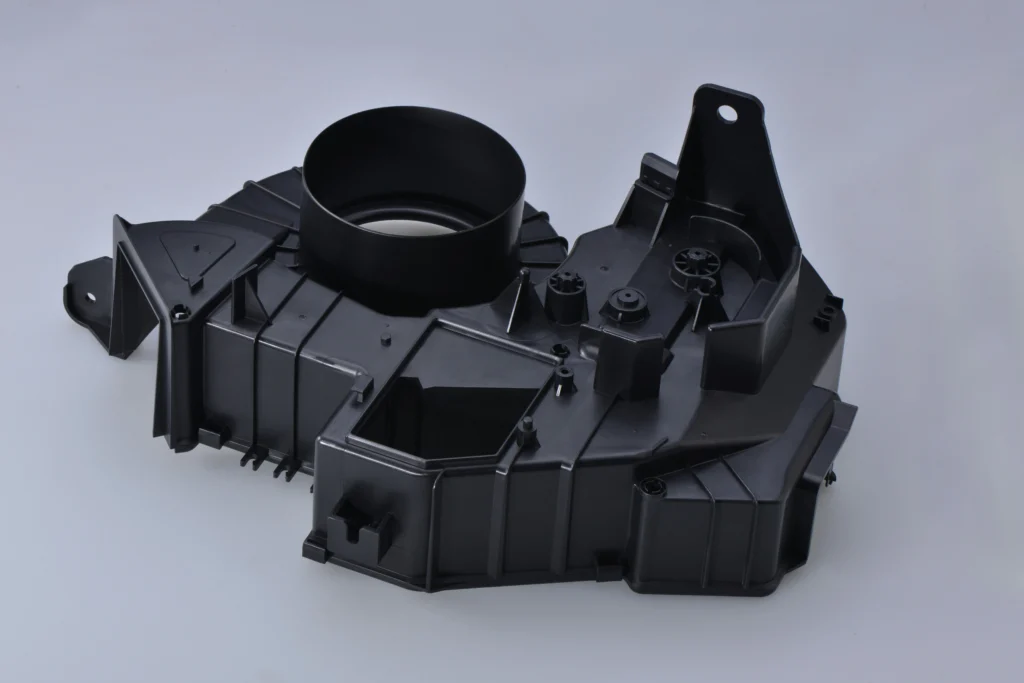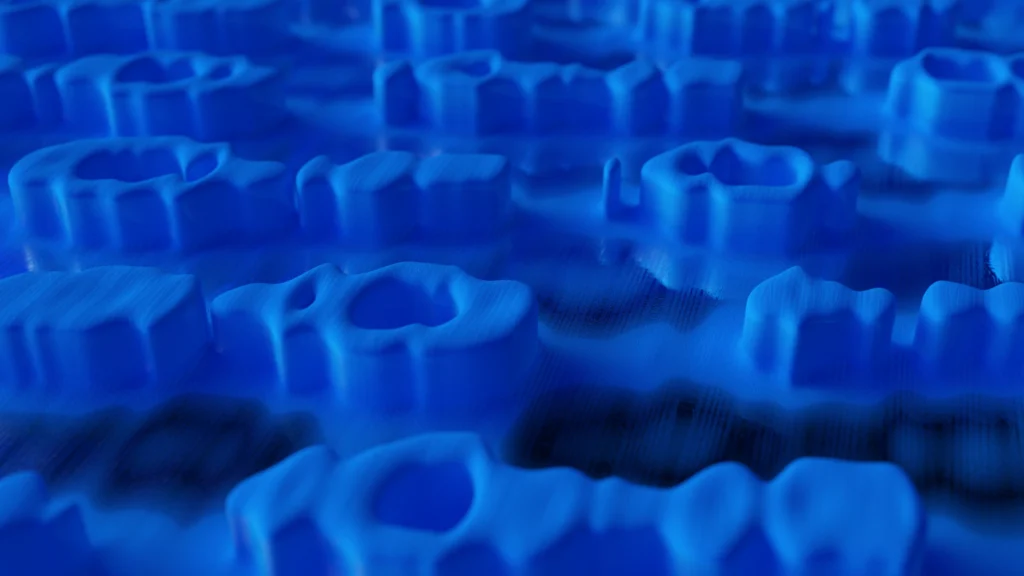In recent decades, plastics have become a full-fledged construction material in a wide range of industries – from automotive and electronics, to medicine and more.
Their growing popularity is due to a combination of low weight, chemical resistance and a wide range of mechanical properties that can be customized for a specific application.
At the same time, CNC machining of plastics is significantly different from metal cutting. Polymers have completely different behavior when exposed to heat, moisture and internal stresses. This forces a different approach to design, tool selection and manufacturing strategies.
In this article, we’ll take a look at the specifics of CNC machining of plastics – discussing the most common technological challenges, the differences in approach compared to metals, and the key factors that determine the quality and repeatability of production.
Table of contents

Why is CNC machining of plastics different from metals?
Plastics behave differently than metals in the machining process, mainly because of their physical and structural properties. Three factors play the biggest role here:
- Heat – polymers have a low heat conduction coefficient. The energy generated during cutting is concentrated at the point of contact with the tool. The result can be edge melting, burr formation and even permanent deformation of the workpiece. An effective method of control is the use of very sharp tools and intensive chip removal – usually with compressed air or oil mist (MQL).
- Internal stresses – arise at the extrusion or forming stage of semi-finished parts and can be released during cutting. As a result, the workpiece can deform as soon as it is removed from the machine, even though it looks stable just after machining.
- Moisture – some plastics (such as nylon PA) are highly hygroscopic and can absorb water to the tune of several percent of their own weight. This causes swelling and dimensional changes, resulting in difficulty in maintaining tolerances.
In summary, for polymers, it is crucial to control temperature, take into account internal stresses and moisture-related dimensional stability.
Properties of selected materials in CNC machining of plastics
The diversity of plastics makes it difficult to speak of a one-size-fits-all machining method. Each polymer behaves differently under the influence of temperature, moisture or mechanical loads.
POM (acetal) – the most predictable technical polymer
POM is considered to be the easiest engineering plastic to work with. It is characterized by low moisture absorption, dimensional stability and good surface quality after cutting. Therefore, it is often the first choice for the production of precision mechanical parts requiring dimensional repeatability.
PA (nylon) – a material that requires moisture control
Nylon is distinguished by its high mechanical strength, but its disadvantage is its strong hygroscopicity. Absorbed water changes not only the dimensions, but also the hardness and elasticity of the material. For this reason, many mills use drying of semi-finished products before machining, as well as stress-relief annealing before cutting. (A heat treatment process that involves heating the material, holding it at a given temperature and slowly cooling it to remove internal stresses)
PC (polycarbonate) – strong, but prone to stress cracking
Polycarbonate is prized for its exceptional impact resistance. Unfortunately, at the same time it is prone to micro-cracking under internal stresses and in contact with certain coolants and solvents. To reduce the risk, sharp tools, cooling with neutral media and an annealing process at critical parts are used.
PMMA (acrylic) – a material for optical applications
Acrylic is the material of choice where transparency and high surface aesthetics are required. However, annealing both before and after processing is necessary to achieve dimensional stability.
In optical applications, flame or chemical polishing is additionally used to remove microcracks and improve transparency.
PTFE (Teflon) – a material flow problem
PTFE is a polymer with a very low coefficient of friction and excellent chemical resistance. Its disadvantages are softness and a tendency to so-called creep – that is, slow deformation under load.
CNC machining here requires particularly rigid fixtures and sharp tool geometry.
PEEK – a high-performance polymer
PEEK is one of the most expensive and advanced engineering polymers. It exhibits high thermal and mechanical resistance. Its CNC machining is relatively predictable, provided the material has been annealed beforehand.
For glass or carbon fiber reinforced composites, PCD or diamond tools are recommended.
Dimensional stability and tolerances in CNC machining of plastics
One of the key issues in CNC machining of plastics is the dimensional stability of the parts. It depends not only on the accuracy of the machine tool, but also on the history of the material.
- Workpieces processed immediately after extrusion may be subject to later deformation,
- hygroscopic materials change their dimensions with ambient humidity,
- semi-crystalline polymers (e.g. POM, PEEK) may require annealing to achieve target tolerances.
In our experience, tolerances of ±0.0005 inches can be achieved under favorable conditions, but only for stable materials (e.g., POM, PEEK) and with proper environmental control.

The importance of designing under plastics
Designing plastic parts requires a different approach than for metals. Polymers are more susceptible to stress concentration, deformation or closing of holes after machining. Therefore, the properties of the material must be taken into account already at the design stage.
In practice, this means, among other things, avoiding sharp internal angles (which initiate cracks), using radii at corners, selecting appropriate wall thicknesses and preferring threaded inserts to threads made directly into the plastic mass.
Summary
CNC machining of plastics is an area that requires experience and an understanding of material specifics. Unlike metals, where heat and stresses are easier to control, polymers require a customized approach.
- POM and PEEK offer stability and high precision,
- PA requires moisture control,
- PC and PMMA require annealing and careful selection of coolants,
- PTFE is a particularly challenging material due to its softness and susceptibility to deformation.
With knowledge of these relationships, it is possible to achieve high surface quality and stable dimensions, making plastics a full-fledged material in modern industry.
